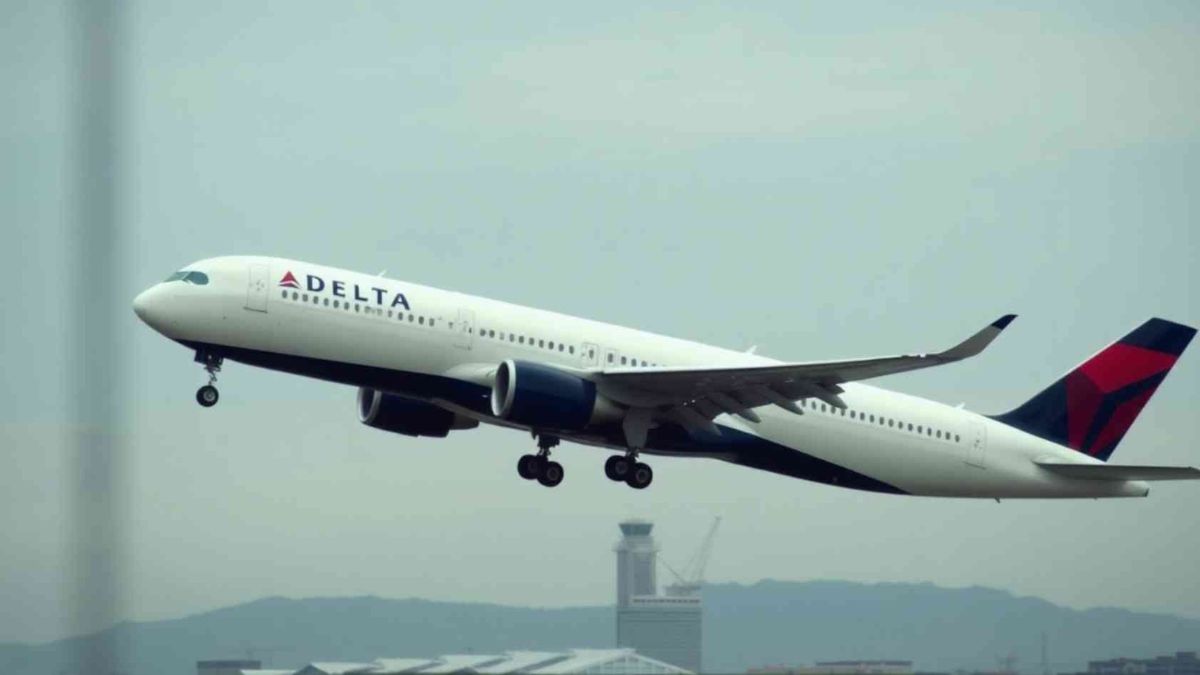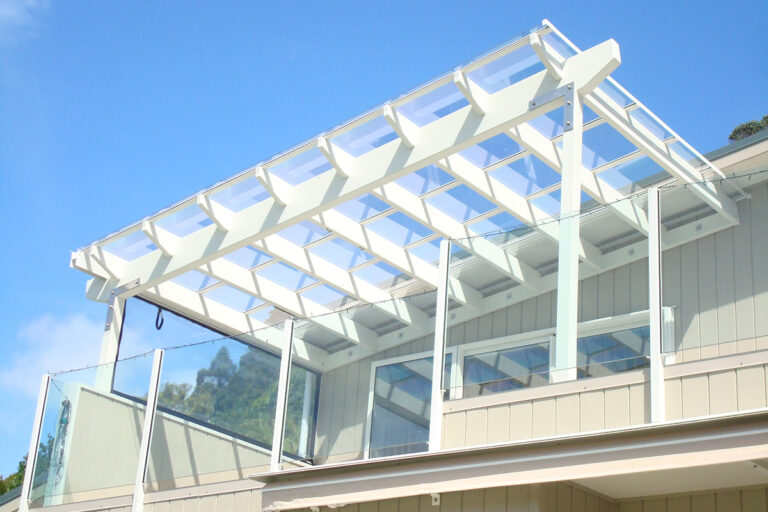Delta Flight DL275 Diverted LAX – What Really Happened at 38,000 Feet
On May 28, 2025, Delta Flight DL275 diverted LAX after a technical malfunction forced an unexpected mid-air decision. What began as a routine transpacific journey from Detroit to Tokyo Haneda quickly evolved into a masterclass in aviation professionalism and safety protocol.
The Airbus A350, one of the most advanced aircraft in Delta’s fleet, was carrying more than 300 passengers when its pilots detected an issue with the engine anti-ice system. Though no immediate danger was reported, the potential risk of continuing the 13-hour route over the Pacific Ocean led the crew to divert the aircraft to Los Angeles International Airport (LAX).
In total, the flight lasted more than 12 hours and 15 minutes, consuming millions in operational costs but saving what truly mattered—safety and trust.
A Routine Flight That Changed Course
At first, DL275’s journey from Detroit Metropolitan Wayne County Airport (DTW) to Tokyo Haneda (HND) appeared entirely normal. The Airbus A350-900 (registration N508DN) took off smoothly, climbing to a cruising altitude of 38,000 feet. Passengers settled into long-haul comfort—some watching movies, others sleeping, reading, or working.
The aircraft, powered by Rolls-Royce Trent XWB engines, is known for exceptional fuel efficiency and reliability. Delta’s long-haul operations on this route serve business travelers, tourists, and expatriates heading to Japan. However, only a few hours into the journey, everything changed.
Somewhere over the frigid North Pacific—roughly 620 nautical miles southwest of Anchorage, Alaska—the cockpit crew identified an anomaly in the anti-ice system of one engine. What followed was a series of precise, time-critical decisions.
Understanding the Anti-Ice System: The Heart of the Problem
At high altitudes, temperatures can plunge below -50°C. Moisture from clouds can freeze onto critical components like engine inlets, sensors, or fan blades, leading to reduced performance or damage.
To prevent this, the anti-ice system circulates hot bleed air from the engine’s compressor section to heat these areas. When that system fails or behaves abnormally, crews must assume the worst-case scenario—possible ice buildup—and respond immediately.
Flying another six to seven hours over the Pacific without a fully functioning anti-ice system would have violated strict safety regulations. Thus, delta flight dl275 diverted LAX, following the golden rule of aviation: when in doubt, prioritize safety.
Inside the Cockpit: Decision-Making Under Pressure
Aviation safety is built on redundancy, discipline, and calm communication. Pilots of long-haul aircraft like the Airbus A350 are trained extensively to handle complex failures.
When the alert appeared, the crew likely followed this sequence:
- Diagnosis: Cross-checking systems to confirm the anti-ice fault.
- Risk Evaluation: Assessing if the issue could worsen or affect the second engine.
- Diversion Planning: Calculating distances, fuel availability, and suitable diversion airports.
- Communication: Informing Air Traffic Control, Delta Operations Control, and the cabin crew.
- Execution: Adjusting course to LAX while maintaining optimal altitude and fuel efficiency.
LAX was selected over Anchorage due to its better weather, extensive maintenance facilities, and Delta’s operational base—ensuring technical support and passenger care upon arrival.
Calm in the Cabin: How the Crew Handled Passengers
When pilots decide to divert, communication becomes as critical as flight control. Cabin crew are trained to speak clearly and maintain a sense of calm authority. Passengers were likely informed of a “technical irregularity” requiring an unscheduled landing.
In situations like this, crew training focuses on:
- Tone Management: Staying composed, friendly, and informative.
- Transparency: Providing necessary information without alarming passengers.
- Empathy: Addressing anxiety with calm reassurance.
- Coordination: Aligning with cockpit updates and ground support.
Despite confusion and worry, most passengers later described appreciation for the crew’s professionalism. Calmness, confidence, and care kept the cabin atmosphere stable throughout the diversion.
The Long Way Home: A 12-Hour Flight to Los Angeles
The reroute added several hours to the total flight time. The Airbus A350 had to descend, adjust course, and travel thousands of miles south to reach Los Angeles.
During the extended flight, passengers faced challenges like limited onboard supplies, cabin fatigue, and concern about missed connections in Tokyo. Yet, Delta’s crew extended service, managed restrooms and meals efficiently, and ensured comfort to the extent possible.
By the time delta flight dl275 diverted LAX safely touched down, it had been airborne for more than 12 hours. Passengers were relieved but exhausted.
The Technical Aftermath: What Happens After Landing
Once on the ground, the aircraft was met by maintenance teams and safety inspectors. The steps following such an event are standardized across the aviation industry:
- Initial Assessment: Visual checks and system diagnostics on the Rolls-Royce Trent XWB engine.
- Detailed Inspection: Engineers remove components for testing and analysis.
- Repairs or Replacement: Faulty parts are replaced with certified spares.
- Testing: Ground runs and system verifications ensure the aircraft is airworthy.
- Reporting: Findings are shared with the FAA and internal safety departments.
Until all tests are complete, the aircraft remains grounded. Delta, known for strong safety compliance, follows rigorous return-to-service protocols.
Passenger Reactions and Social Media Buzz
As with any modern aviation incident, news of DL275’s diversion spread rapidly across social media.
- Twitter and Threads: Users tracked the flight’s diversion path via real-time flight apps.
- TikTok and Instagram: Passengers posted calm but curious videos from inside the cabin.
- Reddit and Aviation Forums: Enthusiasts analyzed the route and aircraft model, praising the crew’s quick decision-making.
Despite frustration over missed connections, most online reactions focused on gratitude and respect for Delta’s safety-first approach.
Aviation Safety in Perspective
To the untrained eye, a diversion may appear alarming—but in aviation, it’s a sign that safety systems work exactly as they should. Every flight is governed by strict regulations that leave no margin for risk.
According to industry statistics:
- Less than 0.1% of flights experience diversions.
- About 40% are for medical emergencies, 25% for mechanical issues.
- Modern aircraft boast an exceptional safety record—roughly 1 accident per 11 million flights.
In short: diversions aren’t failures—they’re the ultimate safety success stories.
What Travelers Can Learn from DL275
This incident offers valuable lessons for anyone who flies:
- Expect the Unexpected: Diversions happen even with the most advanced planes.
- Trust the Crew: Pilots and attendants are trained for every imaginable scenario.
- Pack Essentials: Keep medications, chargers, and travel documents in your carry-on.
- Be Flexible: Allow buffer time for long international connections.
- Stay Calm: Remember that inconvenience is temporary; safety is forever.
Delta’s Official Response
Following the event, Delta Air Lines confirmed that DL275 diverted to LAX as a precautionary measure after the crew received an engine system warning. In a brief statement, the airline reiterated:
“The flight landed safely without incident. We apologize for the delay and inconvenience while emphasizing that the safety of our customers and crew remains Delta’s top priority.”
This standard yet sincere response underscores Delta’s adherence to transparency and safety communication.
Comparing DL275 to Other Major Diversions
While this incident grabbed headlines, similar diversions occur occasionally across the aviation world. For example:
- United Airlines UA770 (2024): A Pacific-bound flight diverted due to a medical emergency.
- ANA NH107 (2023): Returned to Tokyo because of a sensor fault.
- British Airways BA268 (2022): Diverted to Canada after an engine alert mid-Atlantic.
In all these cases, trained crews, strict procedures, and rapid ground coordination ensured safety—proving the consistency of global aviation standards.
Delta Flight DL275 Diverted LAX: The Bigger Picture
This event serves as a living example of why air travel remains the safest mode of transportation in human history. The blend of advanced technology, rigorous pilot training, and a culture of continuous learning ensures every risk is mitigated long before it becomes danger.
Even though the detour cost Delta an estimated $2.3 million, no price compares to protecting lives. In the grand scheme, DL275’s diversion stands not as a failure but as a victory for safety systems that functioned perfectly when tested.
FAQs About Delta Flight DL275 Diverted LAX
1. Why did Delta Flight DL275 divert to Los Angeles instead of another airport?
Because LAX offered ideal conditions: long runways, experienced ground crews, and maintenance facilities suitable for handling the Airbus A350. It also had the weather and infrastructure needed for safe arrival.
2. Was anyone injured during the diversion?
No. All passengers and crew landed safely. The issue was handled professionally and without incident.
3. How long did passengers remain onboard before landing?
The total flight time extended to roughly 12 hours and 15 minutes, compared to the planned 13-hour journey to Tokyo.
4. Did passengers receive compensation or hotel accommodations?
Delta rebooked travelers on subsequent flights and provided accommodations for those delayed overnight, in line with airline policy and international passenger care standards.
5. What will happen to the aircraft involved?
The Airbus A350 underwent a full inspection and testing process. It remains grounded until Delta’s engineering team and regulatory authorities confirm complete airworthiness.
Conclusion: A Testament to Aviation Excellence
The story of Delta Flight DL275 diverted LAX is not one of failure—it’s a story of success. A complex mechanical issue was met with swift, professional action. The crew followed every protocol, the passengers remained safe, and the system did exactly what it was designed to do: protect human lives.
As passengers, it’s easy to forget how many layers of safety operate behind every flight. But events like DL275 remind us that aviation thrives not because it avoids problems—but because it anticipates, trains, and prepares for them better than any other industry.
When faced with uncertainty, Delta’s team made the right call. They proved once again that in aviation, the destination can always wait—but safety never will.





